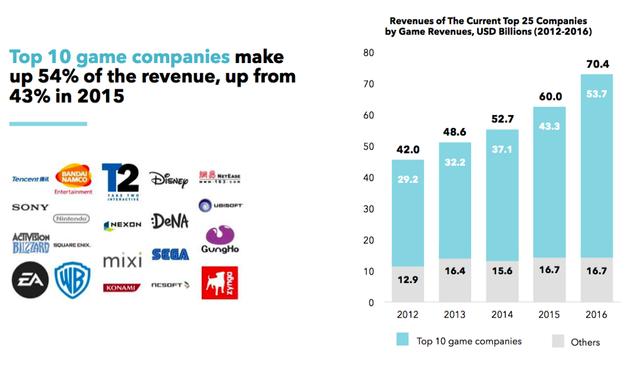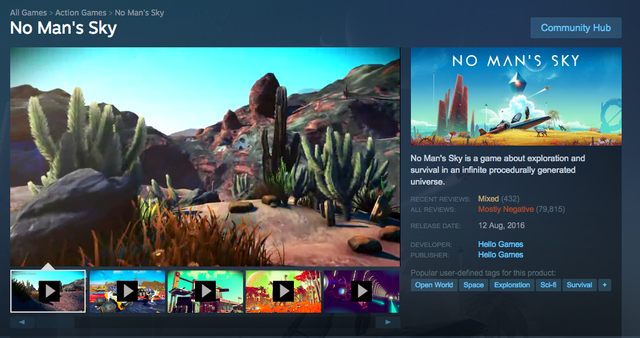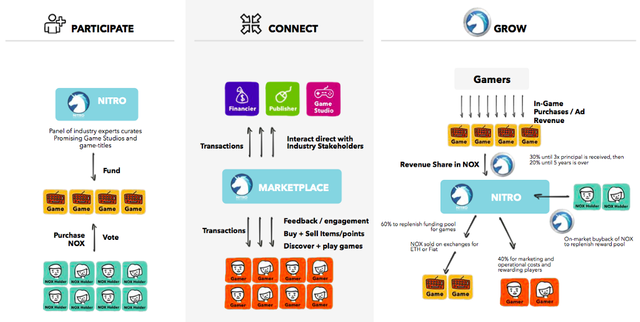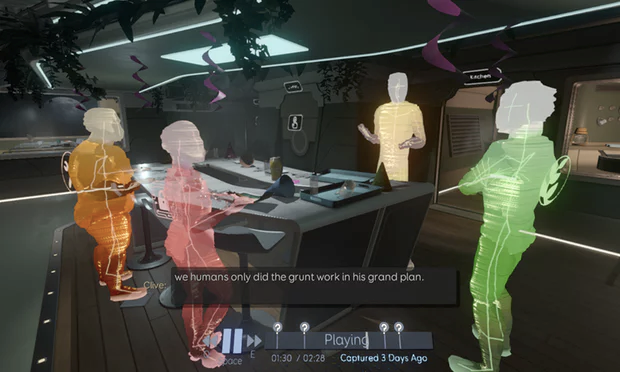The New Golden Age for Indie Game
How Indie game studios can thrive in the token economy
Lucia Ziyuan
It’s no secret to savvy investors that video games is a lucrative industry. Globally, 2.2 billion gamers bring about 9 times more revenue than Hollywood, and the number is still growing.
At the same time, the 91 billion dollar gaming industry is largely dominated by large corporations such as Nintendo and EA. Smaller studios are struggling to survive. In order to access to large scale financing required to produce high quality video games, indie studios need to go through publishers and platforms who can end up taking a lion share (30%) of funding.
It’s a catch 22 situation for indie developers: in order to access financing, studios need to present a track record of successful games that need adequate funding to develop, which indie developers don’t have access to in the first place.

Problems Unique to Indie Games’ Survival
Thus, crowdfunding platforms such as Kickstarter proved to be the lifeblood for indie studios run by very small teams. 2013 saw the gold rush of crowdfunded videogames. Notably, FTL (faster than light) developed by indie studio Subset Games was a crowdfunding success receiving 20x times of its pledged amount from 9,818 backers that’s still alive and well today.
Sadly the crowdfunded game development has gradually lost its momentum. The Kickstarter model failed to sustain quality standard of games shipped to players. Many turned out to be a flop that eroded gamers’ faith.
For example, Might No.9?—?the highest crowdfunded video game at 4million–only turned out to be a huge letdown after major development delays. There is also No Man’s Sky–developed by indie studio Hello Games–rallied a great number of pre-orders with its stunning visuals and captivating storyline while still in development stage. The shipped product turned out to be a massive disappointment to gamers and received a “mostly negative” review by 79,817 gamers on Steam.
 No Man’s Sky generated much hype before hitting the market as a massive letdown
No Man’s Sky generated much hype before hitting the market as a massive letdownAfter a few major flops, Kickstarter video game category is seeing a steep decline in money raised on Kickstarter: down from 20 million to 8.5 million in 2016. With increasing skepticism among gamers to trust indie studios with large budgets, and the jungle laws of gaming industry, indie game studios are now faced with serious hurdles to survive.
Is there a magic formula to reinstate public’s faith in Indie game studios? How can we help indie developers to compete with mega studios? The team behind Nitro.live have thought hard about the problem. Here is their solution.
A New Model for Crowdfunding
Nitro.live wants to reinvent the future of indie game development by directly connecting game studios, gamers, financiers and industry stakeholders via the public blockchain.

One of the biggest flaws in the current game crowdfunding business model is the lack of quality control. Games choose to back projects based on solely on a proposal: anyone can submit a proposal that presents well on paper regardless of the team’s experience or qualifications. Such low barrier to entry makes platforms like Kickstarter very democratic and accessible, but at the same time creates an overcrowded pool of game studios of varying qualifications.
The team at Nitro believe that a game’s likelihood for success should not solely rely on the proposal presentation. The failure of Might No.9 and No Man’s Sky are living proof of that. Rather, a multitude of factors should be taken into consideration to judge the quality of game proposals including team experience, genre demand, among others.
As industry veterans themselves, the Nitro team believe in the potential of Promising Game Studios (PGS). PGS are a particular type of early stage game studios that are independent enough to create unique games that would stand out in a huge pool of generic games, and yet possess the commercial instinct of large companies. PGS can submit proposals on Nitro platform. Much like Kickstarter, Nitro platform makes financing available to smaller studios by crowdfunding their game proposal.
But unlike Kickstarter, there is a high level of quality control with the to-be-funded games. By inviting a panel of industry experts to curate proposal list from Promising Game Studios, Nitro team make sure that only qualified proposals will enter the pool to be funded. This mechanism protects the integrity of the games while preserving diversity of the game industry for small studios to grow.
 Indie games like Tacoma is gaining critical claim for its originality and creativity.
Indie games like Tacoma is gaining critical claim for its originality and creativity.On the demand side, token holders–largely comprised of the end consumers of the games they chose to fund–will become stakeholders via voting rights.This direct interaction between creators and consumers is key to the game’s path towards success.
The kind of development flaws that led to Mighty No.9’s downfall could be prevented if early player feedback and play tests are involved. On the Nitro platform, players and creators will engage in meaningful conversations early on so that proposals will stay true to their intentions: to create games people will love to play.
The most powerful component here is the direct engagement between demand side (gamers) and supply side (indie game studios) from the inception stage of games. As a collaboration platform, Nitro also allows direct interactions between other stakeholders such as financiers and publishers to eliminate inefficiencies in game development and user acquisition.
As the platform grows, Nitro’s funding will allow indie game studios to continue to grow with sustained financial support. Game developers will earn revenue both in and outside of Nitro’s marketplace and share 20–30% of their revenue with Nitro. 60% of this shared revenue will be re-invested in platform growth, including operations, marketing, and token holder rewards. Like a well-oiled machine, the entire ecosystem will come together create a circular token economy that runs on its own.
Built on failure proof & future proof technology
Another unique value proposition for Nitro platform is the use of blockchain technology to create its ethereum tokens and maintain its platform.
The Nitro token (NOX) and sub-token (NOD, the Nitro dollar) are created with ERC20 token standard, which is the most current ethereum token protocol to be compliant with all new tokens. This means both NOX and NOD are seamlessly integrated with the existing cryptocurrency economy. Holders of Ether and Bitcoin can buy and trade with NOX and purchase NOD with ease.
The decentralized, transparent nature of the blockchain ensures that the Nitro tokens are securely created, tracked and autonomously governed. Ethereum blockchain provides token holders on the Nitro platform with a trustless network, which essentially means that all parties can trust the technology to securely execute transactions without having to investigate each other’s trustworthiness.
If the current state of game development is held back by a lack of free flowing information between all parties, with the help of the blockchain, access to real time information and feedbacks can greatly improve the efficiency of networked activities. For example, publishers will waste less resources on marketing new games by directly communicate with gamers and observe how tokens are used.
A token based economy cannot be more appropriate for a forward-looking, transparent platform like Nitro. It will be a place where everyone–no matter how big or small their stake in the gaming industry is–can take part in the change making no matter where in the world they live in.
Ready to participate?
Your turn to help build the Nitro platform is here! Simply head over to https://www.nitro.live can take part in the revolutionary movement. Up to 60,000,000 NOX tokens are available for the crowdsale. You will be investing in building a brand new kind of gaming infrastructure along with VC professionals, industry experts, and like-minded gamers.